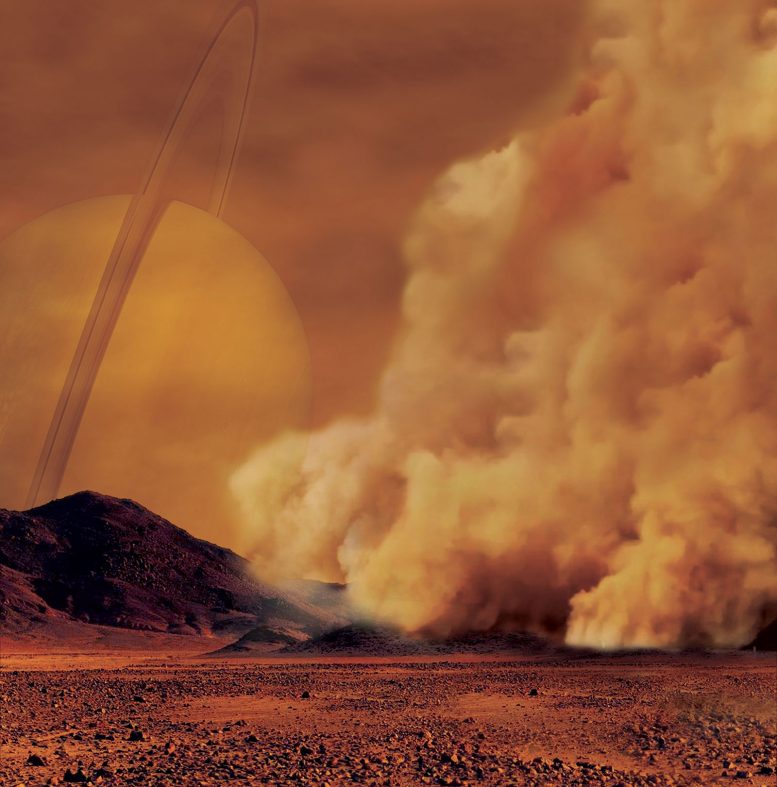
Artist’s concept of a dust storm on Titan. Credit: IPGP/Labex UnivEarthS/University Paris Diderot – C. Epitalon & S. Rodriguez
Data from NASA’s Cassini spacecraft has revealed what appear to be giant dust storms in equatorial regions of Saturn’s moon Titan. The discovery, described in a paper published on September 24 in Nature Geoscience, makes Titan the third Solar System body, in addition to Earth and Mars, where dust storms have been observed.
The observation is helping scientists to better understand the fascinating and dynamic environment of Saturn’s largest moon.
“Titan is a very active moon,” said Sebastien Rodriguez, an astronomer at the Université Paris Diderot, France, and the paper’s lead author. “We already know that about its geology and exotic hydrocarbon cycle. Now we can add another analogy with Earth and Mars: the active dust cycle, in which organic dust can be raised from large dune fields around Titan’s equator.”
Titan is an intriguing world — in ways quite similar to Earth. In fact, it is the only moon in the Solar System with a substantial atmosphere and the only celestial body other than our planet where stable bodies of surface liquid are known to still exist.
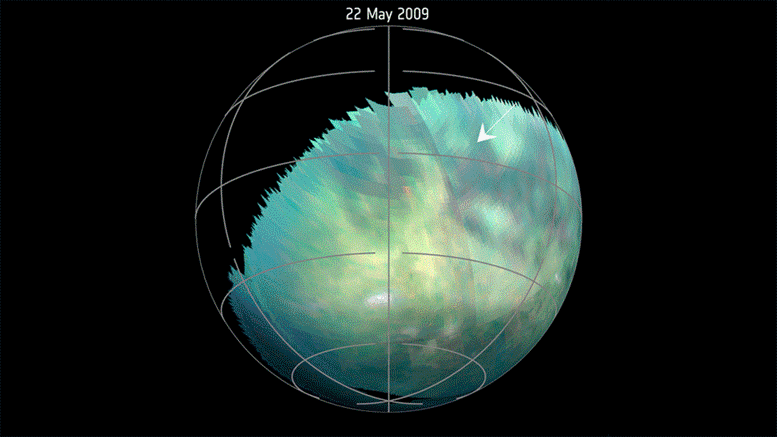
This animation, based on images captured by the Visual and Infrared Mapping Spectrometer (VIMS) on NASA’s Cassini mission during several Titan flybys in 2009 and 2010, shows clear bright spots that have been interpreted as evidence of dust storms. Credit: NASA/JPL-Caltech/University of Arizona/University Paris Diderot/IPGP/S. Rodriguez et al. 2018
There is one big difference, though: On Earth such rivers, lakes, and seas are filled with water, while on Titan it is primarily methane and ethane that flows through these liquid reservoirs. In this unique cycle, the hydrocarbon molecules evaporate, condense into clouds, and rain back onto the ground.
The weather on Titan varies from season to season as well, just as it does on Earth. In particular, around the equinox — the time when the Sun crosses Titan’s equator — massive clouds can form in tropical regions and cause powerful methane storms. Cassini observed such storms during several of its Titan flybys.
When Rodriguez and his team first spotted three unusual equatorial brightenings in infrared images taken by Cassini around the moon’s 2009 northern equinox, they thought they might be the same kind of methane clouds; however, an investigation revealed they were something completely different.
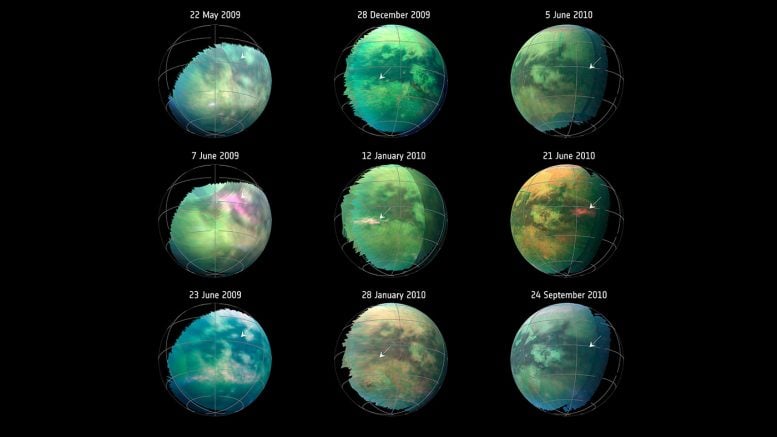
This compilation of images from nine Cassini flybys of Titan in 2009 and 2010 captures three instances when clear bright spots suddenly appeared in images taken by the spacecraft’s Visual and Infrared Mapping Spectrometer. Credit: NASA/JPL-Caltech/University of Arizona/University Paris Diderot/IPGP/S. Rodriguez et al. 2018
“From what we know about cloud formation on Titan, we can say that such methane clouds in this area and at this time of the year are not physically possible,” said Rodriguez. “The convective methane clouds that can develop in this area and during this period of time would contain huge droplets and must be at a very high altitude — much higher than the 6 miles (10 kilometers) that modeling tells us the new features are located.”
The researchers were also able to rule out that the features were actually on the surface of Titan in the form of frozen methane rain or icy lavas. Such surface spots would have a different chemical signature and would remain visible for much longer than the bright features in this study, which were visible for only 11 hours to five weeks.
In addition, modeling showed that the features must be atmospheric but still close to the surface — most likely forming a very thin layer of tiny solid organic particles. Since they were located right over the dune fields around Titan’s equator, the only remaining explanation was that the spots were actually clouds of dust raised from the dunes.
Organic dust is formed when organic molecules, formed from the interaction of sunlight with methane, grow large enough to fall to the surface. Rodriguez said that while this is the first-ever observation of a dust storm on Titan, the finding is not surprising.
“We believe that the Huygens Probe, which landed on the surface of Titan in January 2005, raised a small amount of organic dust upon arrival due to its powerful aerodynamic wake,” said Rodriguez. “But what we spotted here with Cassini is at a much larger scale. The near-surface wind speeds required to raise such an amount of dust as we see in these dust storms would have to be very strong — about five times as strong as the average wind speeds estimated by the Huygens measurements near the surface and with climate models.”
The existence of such strong winds generating massive dust storms implies that the underlying sand can be set in motion, too, and that the giant dunes covering Titan’s equatorial regions are still active and continually changing.
The winds could be transporting the dust raised from the dunes across large distances, contributing to the global cycle of organic dust on Titan and causing similar effects to those that can be observed on Earth and Mars.
The results were obtained with Cassini’s Visual and Infrared Mapping Spectrometer. The Cassini-Huygens mission is a cooperative project of NASA, ESA (European Space Agency), and the Italian Space Agency. NASA’s Jet Propulsion Laboratory, a division of Caltech in Pasadena, California, manages the mission for NASA’s Science Mission Directorate in Washington. The Cassini spacecraft deliberately plunged into Saturn on September 15, 2017. JPL designed, developed, and assembled the Cassini orbiter. The radar instrument was built by JPL and the Italian Space Agency, working with team members from the U.S. and several European countries.
Reference: “Observational evidence for active dust storms on Titan at equinox” by S. Rodriguez, S. Le Mouélic, J. W. Barnes, J. F. Kok, S. C. R. Rafkin, R. D. Lorenz, B. Charnay, J. Radebaugh, C. Narteau, T. Cornet, O. Bourgeois, A. Lucas, P. Rannou, C. A. Griffith, A. Coustenis, T. Appéré, M. Hirtzig, C. Sotin, J. M. Soderblom, R. H. Brown, J. Bow, G. Vixie, L. Maltagliati, S. Courrech du Pont, R. Jaumann, K. Stephan, K. H. Baines, B. J. Buratti, R. N. Clark and P. D. Nicholson, 24 September 2018, Nature Geoscience.
DOI: 10.1038/s41561-018-0233-2

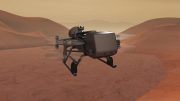
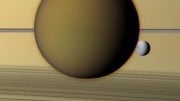
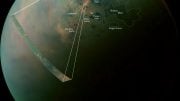
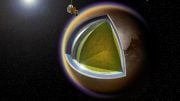
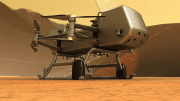
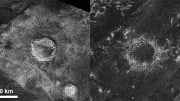
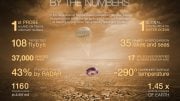
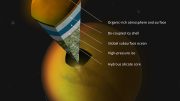
Be the first to comment on "NASA Spots Dust Storms on Titan for the First Time"